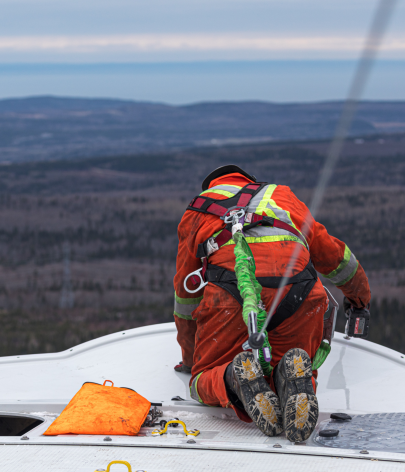
Breadcrumbs
Wind and solar deployment in the EU
Where is the EU's wind and solar deployment heading, and is it enough?
Both wind and solar set annual installation records in the EU in 2022. This is good news for the energy transition and shows that accelerating clean energy has been a core part of Europe’s response to the energy crisis exacerbated by Russia’s invasion of Ukraine. However, the outlooks for these two technologies reveal different challenges ahead.
Solar power is experiencing strong tailwinds, with future projections increasing markedly just in the last 12 months. It is important however that complacency doesn’t set in amid these positive outlooks. There are many risks and areas where inaction could derail solar growth, from supply chain disruption at a global level to labour shortages at a local level.
Wind power is facing headwinds that threaten to limit growth to levels below what is necessary to deliver on EU energy targets for 2030 and a decarbonised system in the 2030s. Complex permitting and grid connection issues are among the most severe bottlenecks, but if processes can be accelerated sustainably, there is evidence that pent-up investment could be unleashed quickly.




Wind and solar power are the dominant technologies that will drive Europe’s energy transition. The EU is already aiming for a fast scale-up by 2030. Yet, if the EU is to follow an efficient path to net zero by mid century, faster deployment is needed in order to fully decarbonise the power system in the 2030s.